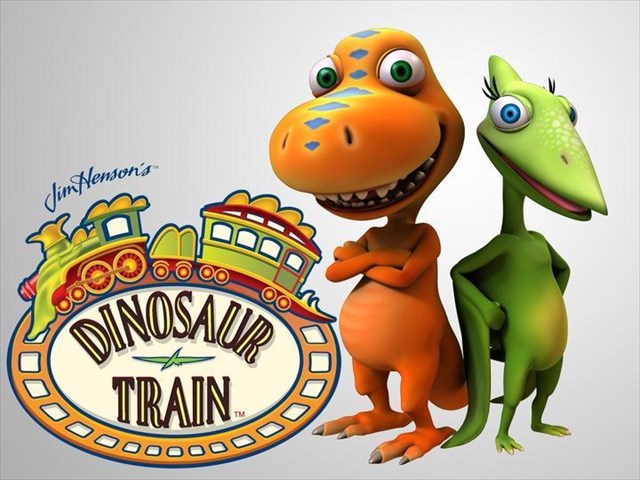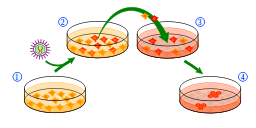 |
| Plant-based fossil of Cynepteris lasiophora |
Well duh, of course fossils are vegan. Now excuse me while I hot my head against the desk.
Unless time travel were involved. Can't have the folks of Terra Nova making you fossils.
However, there are some realistic caveats. Not all fossils are actually fossils in the way most people think. Some are fakes. Typically this is not an issue with the sedimentary rock ones, but with amber and ivory. There is a whole industry in making amber-like jewelry and bric-à-brac by tossing insects into pine sap. So it is important to know what you are buying.
There's a similar situation with ivory, which many nonvegans have ethical issues about as well. Mammoth ivory is legal, most elephant ivory is not. Less scrupulous vendors will mislabel the illegal elephant tusks as coming from extinct mammoths. If you must buy ivory, do your homework. But really, you don't have to buy ivory. To me this treads into territory with fur coats and the like, where the appearance of a poor ethical choice can make it not worth the bother. Plus many think the legal ivory trade fuels illegal poaching.
And to leave you on a head-hitting-desk note, what if the mammoth ivory is from a resurrected mammoth?












